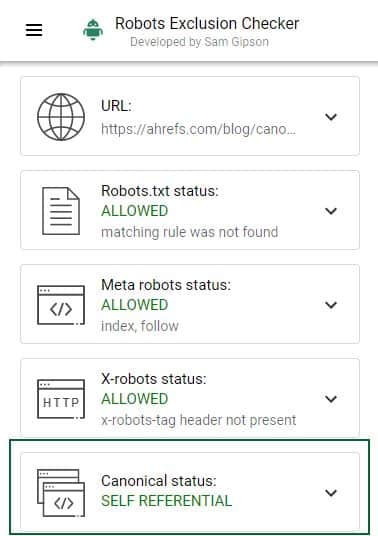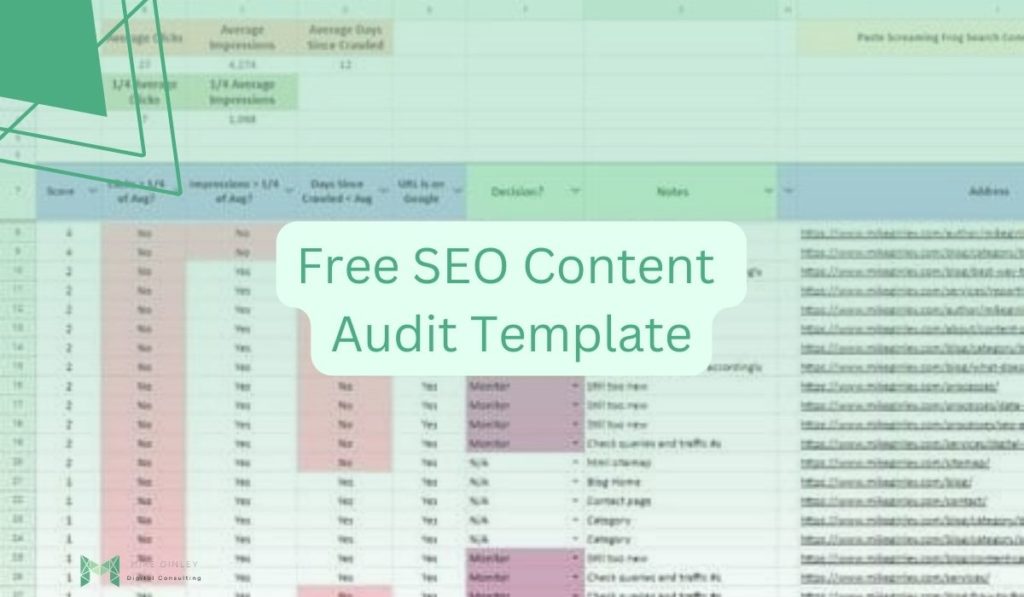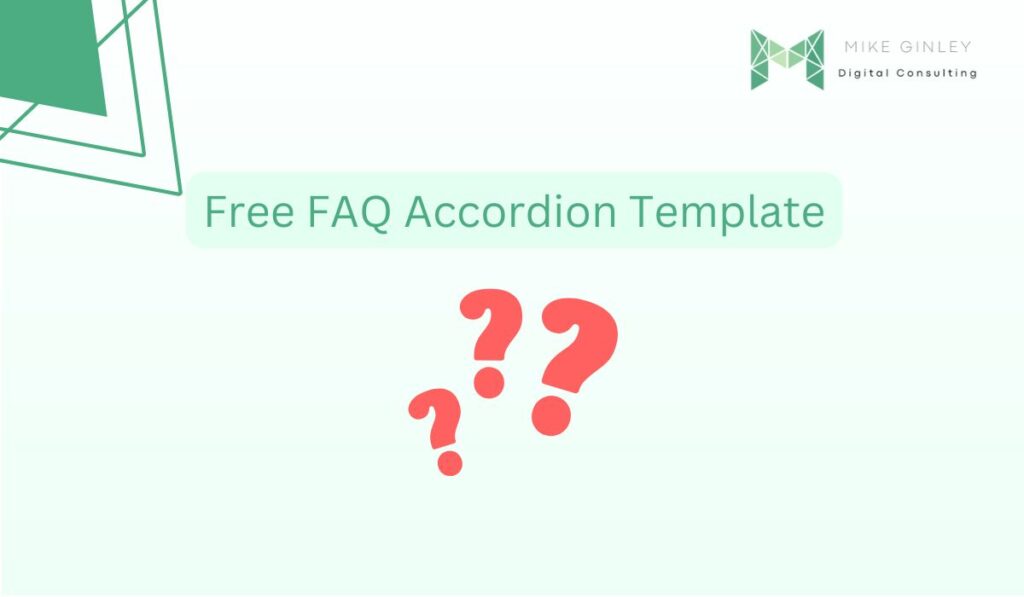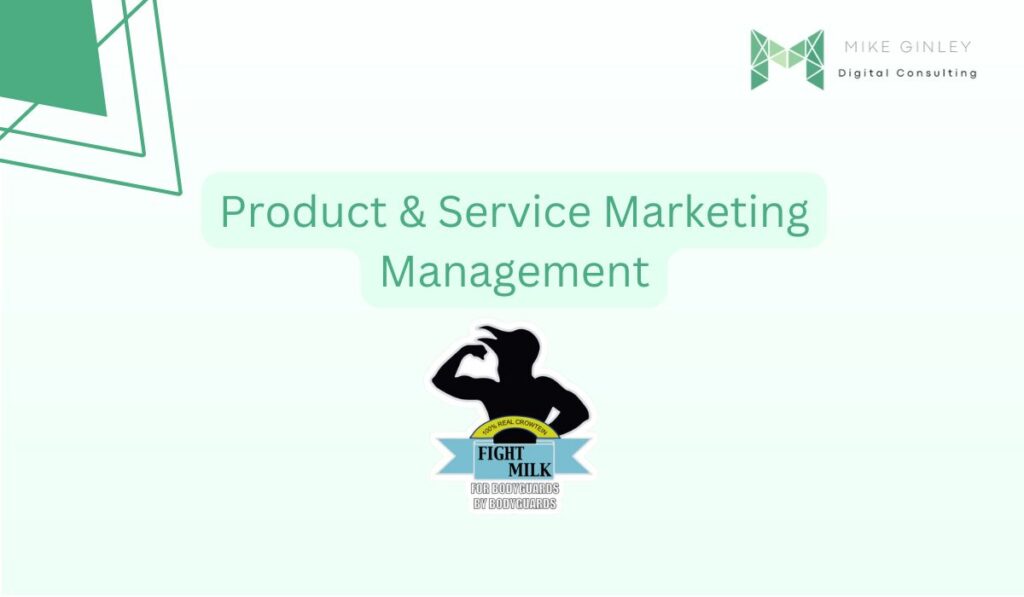TL;DR
- Getting Technical SEO implemented is a difficult but important task.
- Partnering & educating with your development team is key!
- Use this simple layout to help write SEO dev tickets to help with implementation.
What Are SEO Tickets In Development?
I covered Technical SEO vs. On-Page SEO in my last post arguing which one is more important. The outcome was like all SEO tasks — It Depends!
But regardless of where you stand in the argument, you cannot ignore Technical SEO. There is so much that can go wrong behind the scenes that users may rarely notice that can drastically impact the success of your organic presence. To remedy this you need to focus on visibility which has a lot to do with your development team.
Many developers are not educated on all things SEO, and nor should they be, it’s not their job (unless it is). But the goal should be to form a relationship with them and over time educate them on the principles of SEO. The main way I do that is with how I format my Technical SEO tickets.
Below I will cover how to create these tickets so we clearly state what is wrong and how we want to fix it. But more importantly, why do we want to fix it? No matter what system you use (DevOps, Jira, Email) this layout should work. This can go a long way in educating all involved in the process to understand the importance of technical SEO and its impact on organic visibility.
How To Write Technical SEO Tickets?
- Issue
- What’s wrong? What is broken? What can be optimized?
- Include examples or screenshots to help illustrate so they don’t need to dig for it. Steps to replicate.
- What’s wrong? What is broken? What can be optimized?
- Solution
- What’s the fix?
- You don’t need to give the exact fix if you are not comfortable with it, but try to lead them to the fix.
- Again, include examples of where it’s done right like on competitors or websites that cover step-by-step solutions. You can also include examples of how it is wrong to help illustrate the fix.
- What’s the fix?
- Impact
- Why does it matter?
- This is the big one for education!
- Will this increase rankings? Page Speed? Fix a technical issue that Google recommends?
- This detail will help show others why we do what we do, in time they will better understand their impact on organic visibility.
- From here there will be future fixes they implement without needing SEO help or advice because they understand the fundamentals.
- Why does it matter?
- Acceptance Criteria
- What do we expect?
- What should this fix look like?
- Can you give any renderings or potential outcomes?
- Steps to replicate the successful outcome?
- What do we expect?
SEO Dev Ticket Example
DORITOS® Nacho Cheese Flavored Tortilla Chips
- Issue
- Our product pages are missing self-referencing canonicals.
- Solution
- Can we optimize the product pages to include self-referencing canonicals?
- Google recommends using self-referencing canonicals as a best practice, but they’re not required in order for Google to pick up on the correct version of a URL. SEJ
- Steps to Implement – ahrefs
- Can we optimize the product pages to include self-referencing canonicals?
- Impact
- While Google does not say they are critical, it is good to eliminate any doubt that there may be duplicate content on our website.
- This will help remove any concern that Google is picking other pages to index over the ones we want.
- Acceptance Criteria
- We expect every product page to have a canonical that points to itself.
- Test Instructions – SEO plugins like Robots Exclusion Checker or checking the source code for link rel=”canonical” and ensuring it matches the main product URL.

Technical Development SEO Resources
- Getting Tech SEO Implemented – Areej AbuAli
- Tips for effective SEO project management – Brain Labs Digital
- Thriving as an SEO Specialist: Frameworks & Tips to Manage Complex SEO Processes – Aleyda Solís



